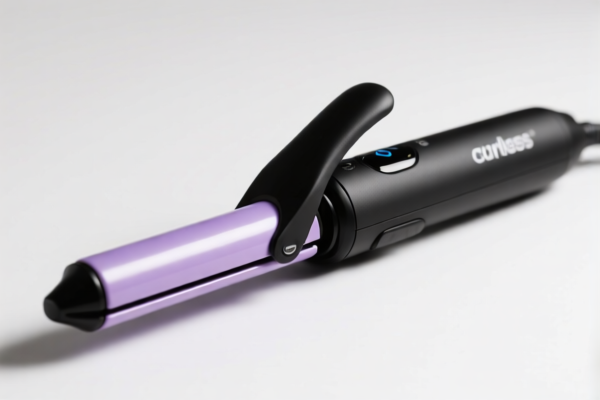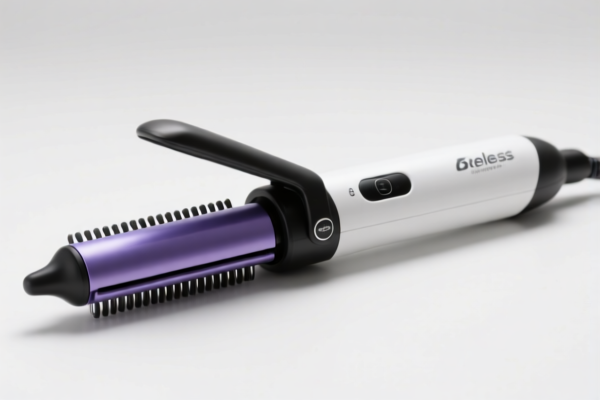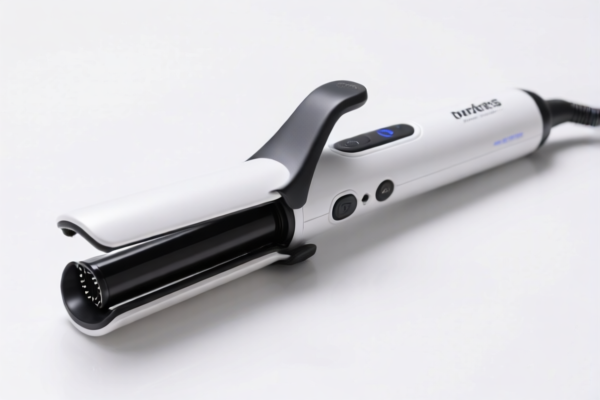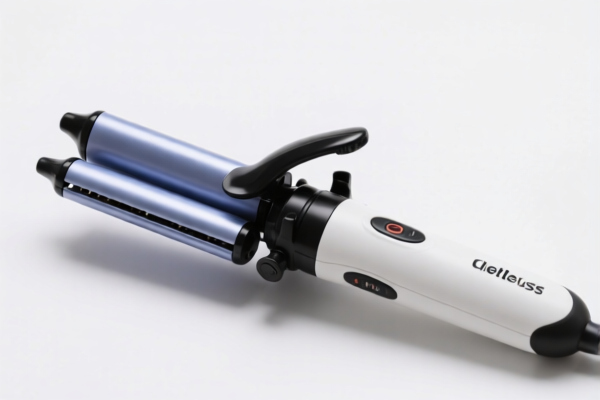| HS Code | Official Doc | Tariff Rate | Origin | Destination | Effective Date |
|---|---|---|---|---|---|
| 6506996000 | Doc | 63.5% | CN | US | 2025-05-12 |
| 9503000090 | Doc | 30.0% | CN | US | 2025-05-12 |
| 9503000071 | Doc | 30.0% | CN | US | 2025-05-12 |




Curlers
Curlers are tools used to shape hair into curls or waves. They function by winding strands of hair around a heated or unheated core, and maintaining that shape until the hair cools and sets.
Material
Curlers are manufactured from a variety of materials, each influencing their heat retention, ease of use, and potential impact on hair health. Common materials include:
- Plastic: Lightweight and inexpensive, often used for self-grip rollers or those requiring minimal heat.
- Metal: Provides excellent heat retention, commonly found in traditional heated rollers. Can potentially cause damage if overheated or used incorrectly.
- Ceramic: Offers even heat distribution and is gentler on hair than metal.
- Velcro: Used in self-grip rollers, providing hold through texture and friction.
- Foam: Soft and comfortable, typically used for non-heated rollers, ideal for overnight use.
- Sponge: Similar to foam, offering a gentle curling method.
Purpose
The primary purpose of curlers is to alter the shape of hair, creating:
- Curls: Tight, defined spirals.
- Waves: Looser, more relaxed bends.
- Volume: Lift at the roots and overall body.
- Texture: Adding dimension and movement to hair.
Function
Curlers function through one of the following methods:
- Heat Styling: Heated curlers utilize warmth to temporarily change the hair's structure, allowing it to be molded around the curler. The hair cools and retains the new shape.
- Mechanical Shaping: Non-heated curlers rely on physically winding the hair and securing it in place. Moisture and styling products are used to help the hair set.
- Self-Grip/Velcro: These rollers use texture to grip the hair and maintain the curl as it dries.
Usage Scenarios
Curlers are used in a variety of settings and for different hair types:
- Home Styling: The most common use, for personal grooming and creating desired hairstyles.
- Salons: Professionals use curlers for a wide range of curling techniques and styles.
- Long-Lasting Curls: Often used for events or occasions where a durable curl is desired.
- Fine/Damaged Hair: Non-heated rollers are preferred to minimize heat exposure.
- Thick/Coarse Hair: Heated rollers may be necessary for effective curling.
Common Types
- Traditional Heated Rollers: Metal or ceramic rollers that are heated before use.
- Steam Rollers: Heated rollers that use steam to soften the hair and create curls.
- Velcro Rollers: Self-grip rollers that use texture to hold curls.
- Foam Rollers: Soft rollers for gentle curling, often used overnight.
- Flexi Rods: Flexible, foam-covered rods that can be bent and shaped to create various curl sizes.
- Magnetic Rollers: Utilize magnets to secure the rollers in place.
- Sponge Rollers: Similar to foam rollers, offering a gentle curling method.
- Hot Sticks: Long, heated rods used to create large curls or waves.
Based on the provided information, curlers fall under the category of headgear. Here's a breakdown of relevant HS codes:
- 6506996000: This HS code covers “Other headgear, whether or not lined or trimmed: Other: Of other materials: Other”. This is a broad category encompassing headgear not specifically defined elsewhere, made from materials other than those explicitly listed. The applicable tax rate is a base tariff of 8.5%, a surtax of 25.0%, and a surtax of 30% after April 2, 2025, resulting in a total tariff of 63.5%.
According to the provided reference material, the HS code options related to 'curlers' are limited, with only the following 1 found.
Regarding HS code 6506996000, please note that it covers a wide range of “other” headgear. It is important to ensure accurate material declaration as this HS code is for headgear made of “other materials”.
Customer Reviews
No reviews yet.